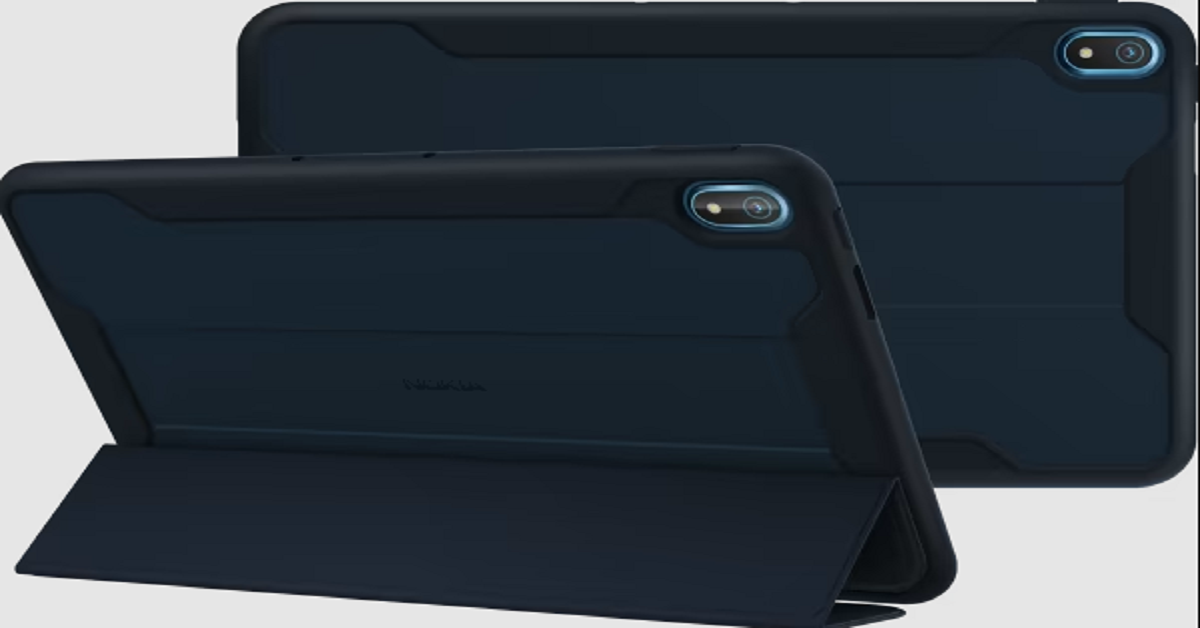Transforming cities collaboratively

It takes a lot of stakeholders working together to transform cities. In my experience, it’s rarely a simple case of a municipal or regional government mandating change. Cities are complex entities and change happens incrementally on multiple fronts — and unevenly. One approach we use in our consultations with cities is the quadruple helix methodology, which identifies four stakeholder groups that need to be at the table: universities, industry, government and civil society. If these groups can share their dreams and visions and get on the same page, then you have a much better chance of making change happen.
So, how do you get all these four groups pulling in the same direction? There are hundreds of books written on this subject — so, way beyond the scope of a blog post. But one that I like is Appreciative Inquiry by F. J. Barrett and R. E. Fry. They make a really interesting observation that many people start from what they call a “deficit base”. In other word, they start with what’s wrong.
Intuitively, that seems to make sense. You usually want to change something because it’s broken, inefficient or unjust. But the problem is that if you start by pointing out what’s wrong, you’re probably pointing your finger at one of the four key groups and putting the blame on them. No surprise, they get defensive, which isn’t a good place to start if you need everyone to be in a sharing, collaborative spirit.
It gets even worse. Once a problem area has been pointed out, the analysts step in, breaking the problem down in smaller and smaller parts hoping to arrive at the “root cause”. But in social phenomena, holding on to root causes is a bit like trying to hold onto sand. Often the only result is that experts take over and get into endless arguments about what the root cause really is, using their data like weapons, and our four groups are either sidelined or, worse, become deeply invested in their own experts.
The key to avoiding this death spiral, Barret and Fry suggest, is to start with what’s working. “Ac-Cent-Tchu-Ate the Positive”, as the song goes. Get the four groups to recognize where working together collaboratively has built good things in the past. This creates energy and reinforces investment in the common effort.
At Nokia we use this methodology when working with cities. We lead conversations through the following key steps: define the topics to address, discover the positive core, envision the desired future and design and “blueprint” the operational services.
Of course, we’re a technology company and deeply invested in digital, which is what smart cities are focusing on. But, in our experience, it doesn’t help to focus solely on the technology that will solve the “root cause”, which is often the approach taken by technology vendors. This magic bullet approach just invokes the deficit, problem-solving methodology. It is led by the technology “experts”, which often creates some kind of resistance and lack of buy-in, with one or two groups forcing the solution on the others.
For a more positive approach it is important to remember that today’s cities aren’t all that different than cities of the past in the sense that they provide platforms for people to build on. Transportation networks, electrical networks, water and sanitation networks, communications networks, as well as legal, social, economic, health and other kinds of networks: these are the building blocks of cities. These are some of the positive cores that are already more or less working for us.
If we were taking the magic bullet approach, we would say that smart cities need a digital network composed of sensors and the ability to analyze and use the enormous amounts of data they will produce, mostly with forms of AI and machine learning. They will also need wired and wireless networks to move all this data around as fast as possible. This digital data network will be grafted onto many of these other networks making them more efficient and allowing us to tune them rapidly, thus making city services more agile and precise.
This isn’t wrong. It may well be the end result of what we provide to a city. But it’s not going to help transform the city if the four groups don’t understand why they need it.
Our approach is to help the four groups articulate for themselves how data intelligence is going to help them build on what they see is positive in the city. We discuss how they would see themselves transforming city operations and living conditions for state and local governments, citizens, visitors, academia and enterprises. As they come together to articulate their dreams, what emerges is a common vision.
This approach is sustainable and has an optimized and supported business model because each of the groups buys into the vision of what having more data intelligence will do for them. The technology solution is now a platform for supporting a collaborative and shared vision, not the solution to a narrowly defined problem. The open data model allows every kind of group to participate in building new services for citizens and — dare I say — almost by magic, a new, smarter city grows on the best parts of what came before.

















Tag